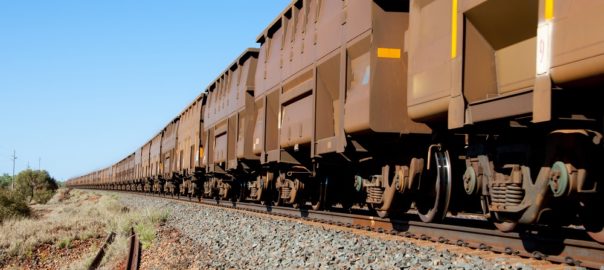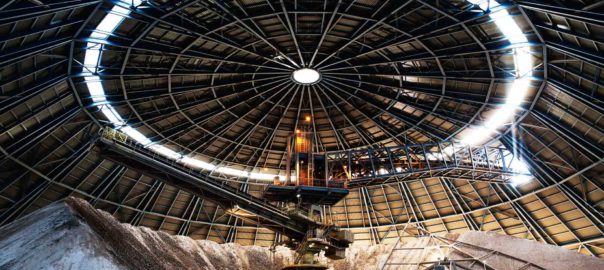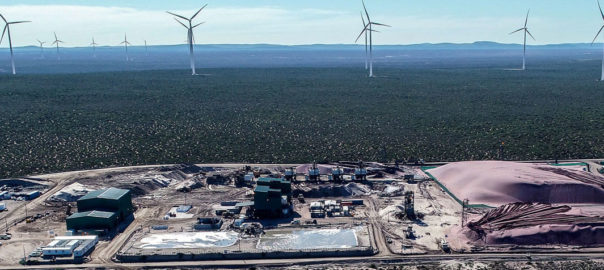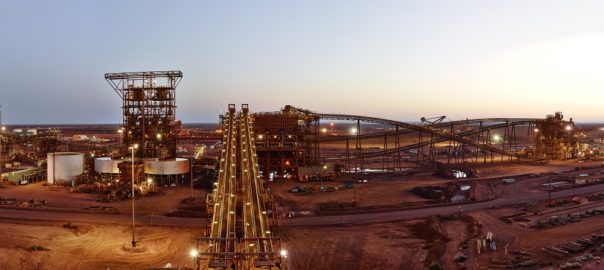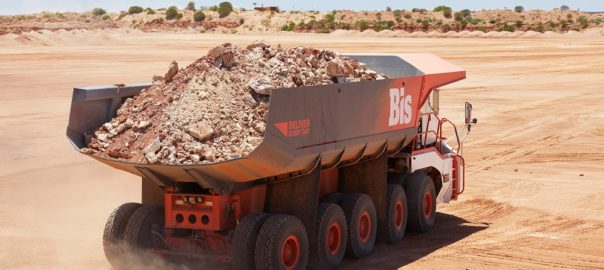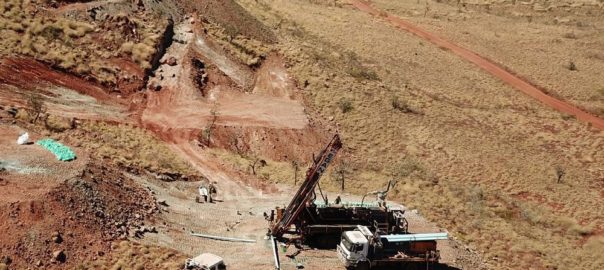Clough, as part as the Acciona Clough joint venture, has been awarded a civil works contract for the construction of the northern rail formation for the Rio Tinto Koodaideri iron ore project, in Western Australia.
Clough CEO and Managing Director, Peter Bennett, said: “We are excited with the opportunity to work with Rio Tinto Iron Ore to deliver its vision for the Koodaideri project as we continue to grow our presence in Western Australia’s iron ore developments.”
Bennett said the execution of the contract would create more than 200 new jobs, with the scope including 100 km of rail formation earthworks, culverts, bridge construction, access roads and level crossings.
“Clough is a proudly Western Australian engineering and construction company with a proven history of delivering world-class projects with outstanding safety and quality results in Australia and overseas,” he added.
The engineering and construction company is celebrating its 100th year of operation.
The Koodaideri project is a greenfield mine development for Rio Tinto Iron Ore, in the East Pilbara mining region. The mine will initially be developed with an annual capacity of 43 Mt. To allow the transportation of iron ore product to either Dampier or Cape Lambert, the project requires a 170 km rail spur to connect the Koodaideri mine to the existing Rio Tinto Iron Ore rail network, just south of Lyre Siding at Numbat.
WorleyParsons is carrying out the EPCM contract for the project, while FLSmidth said this week that it will bring the latest 3D smart design to the development.
The project has been designed to use an increased level of automation and digitisation, helping to deliver a safer and more productive mine, which is expected to be Rio Tinto’s lowest cost contributor to its industry benchmark Pilbara Blend product.






